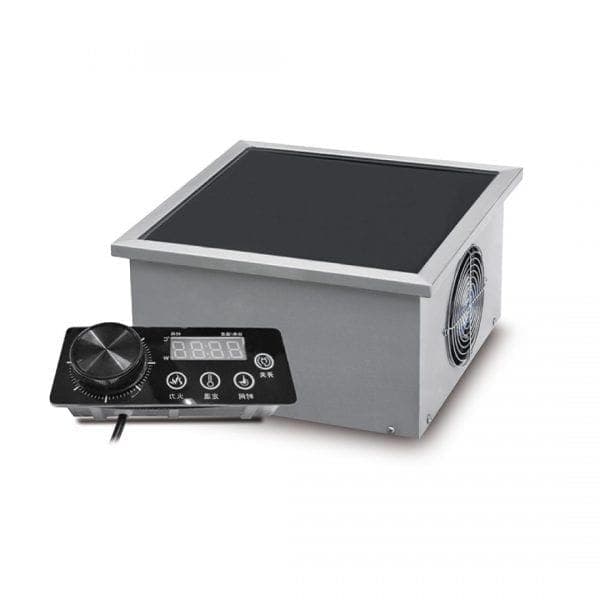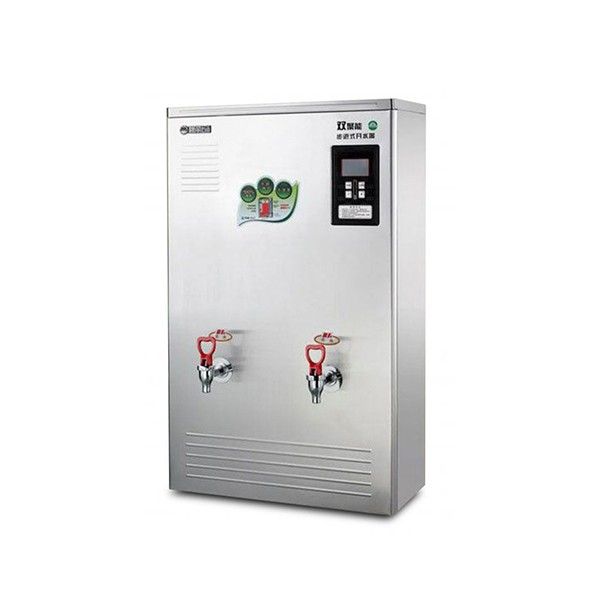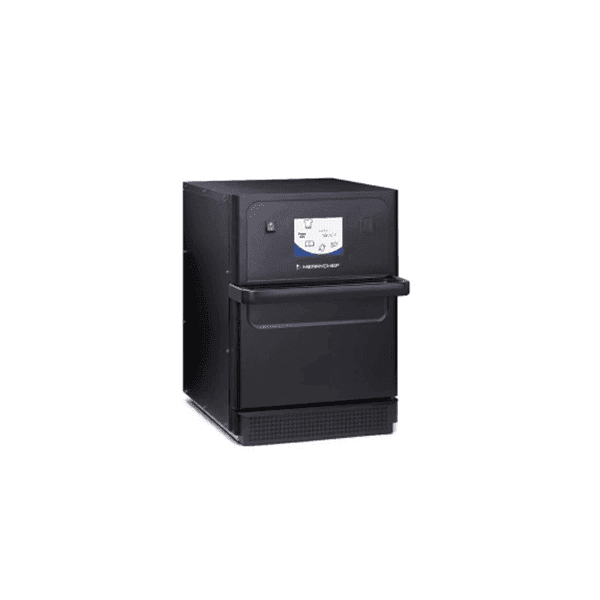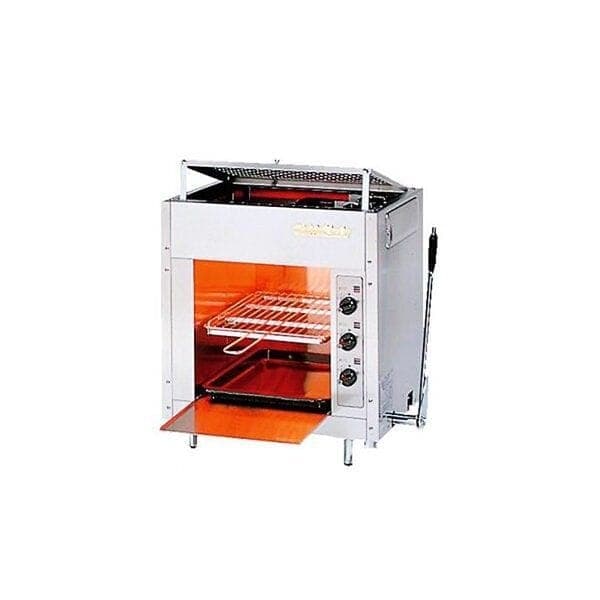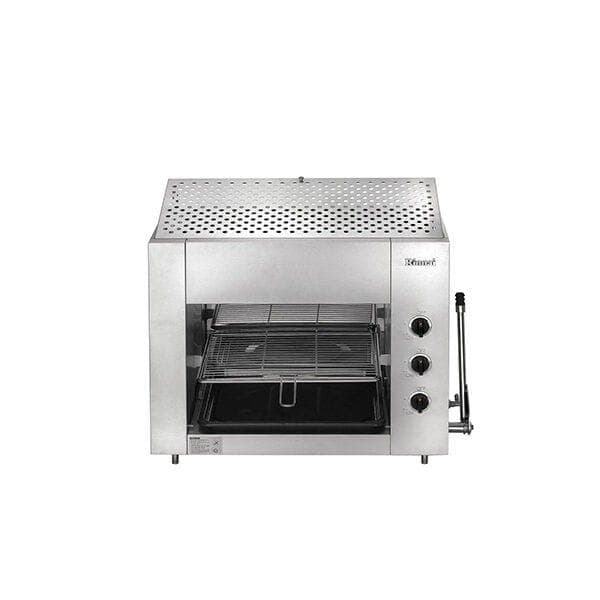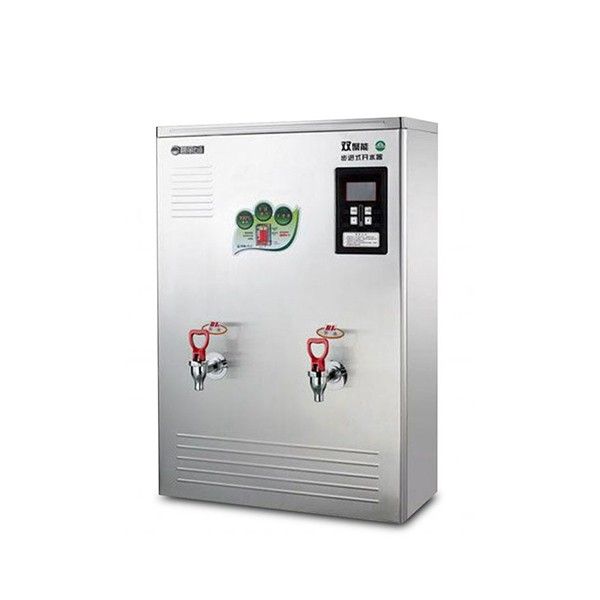
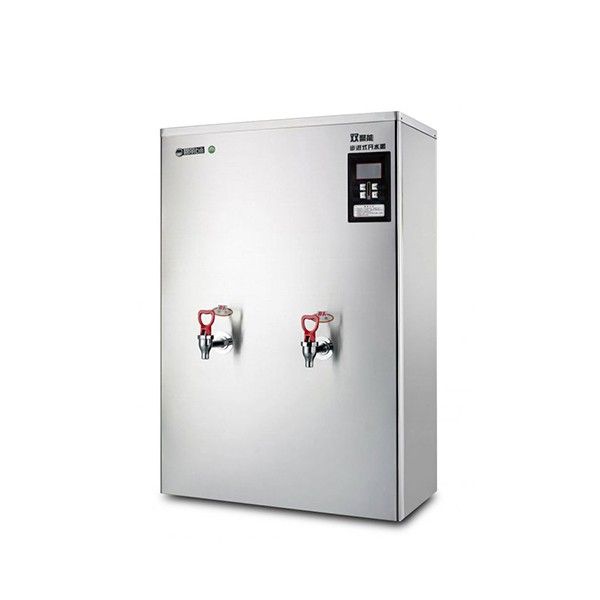
BILI Water Heater – JO-K120C
RM4,299.00 Original price was: RM4,299.00.RM3,599.00Current price is: RM3,599.00.
- Model: JO-K120C
- Dimension (mm): 570 (L) x 260 (W) x 960 (H)
- Capacity: 65 Litres
- Water supply per hour: 170 Litres
- Power: 12kw
- Voltage: 380V/50Hz/3ph
- Origin: Malaysia
Product Features
Steaming Recycle
When the water in the boiler boils, the steam produced is condensed by the in-flow of supplied water. The heat energy produced by the steam is thoroughly absorbed by the cold water, indirectly heating the water as it fills the boiler. Hence, no steam or vapour is generated and the heat energy loss is lowered significantly. The application of the heat transfer using the Bili® heat exhanger can increase the in-flow water temperature by 10°C to 30°C before it is boiled, saving approximately 10% to 30% of power usage.
Steamless Insulation
Using the Bili® innovative technology, the whole boiler is insulated perfectly, reducing over 20% to 30% of the heat loss compared to other water boilers. The outer case is cold to touch, thanks to the Bili® insulation, because customers’ safety is important.
Intelligent Boiling System
The Bili® water boiler is installed with microchips where users can set the turn-on and turn-off time. It only takes 5 minutes to boil the water every time it is turned on. Smart and convenient.
Nichrome Heater
Nichrome is used as the heater because of its high heat resistance (to boil the water at a shorter time) and double lifespan compared to the other common heater materials.
Continuous Boiling
Since the in-flow water has been pre-heated before filling the tank, the Bili® water boiler will only start to boil the water automatically when it reached the Low Level (LL) water indicator. This is done to ensure the earlier boiled water is not mixed with the in-flow water, causing a double boiling which claims to be unhealthy. As the water boiler is well-insulated, the water is constantly supplied at the designated temperature. No re-boiling process is taken place and the customers do not have to wait to enjoy a hot cup of their favourite drinks.
As illustrated in the diagram below, the boiling water is ready to use in 5 minutes after the in-flow of water. The second batch of water in-flow is only conducted when the boiling water in the tank is reduced to the Low Level (LL) indicator.
For instance, to increase 1°C of 1 litre of water requires 1000 kilo calories, whereas only 539 kilo calories are needed to increase 1°C of water if it is heated using steam. This is because steam has a large heat capacity. Utilizing the steam produced to heat the cold water, the electricity usage is reduced, saving nearly 0.65kwh.*
Related products
ANVIL Electric Salamander – SAK0600
